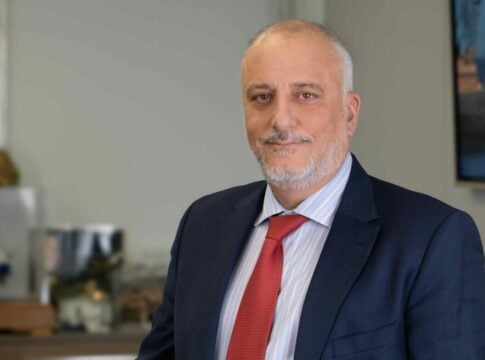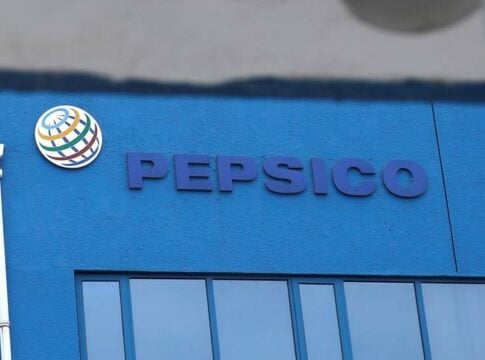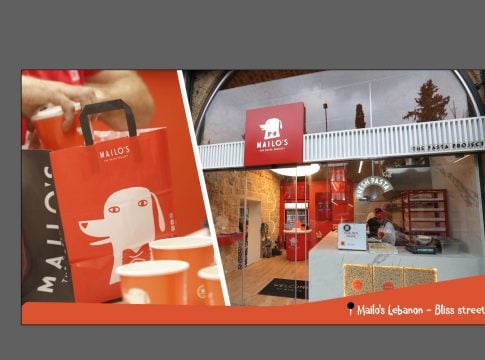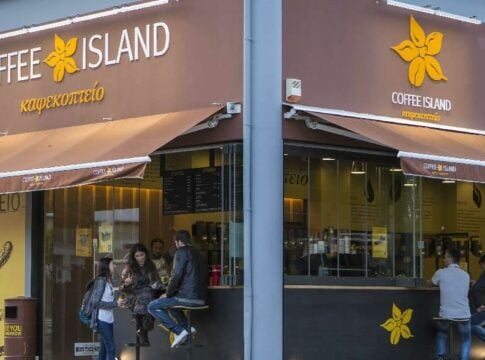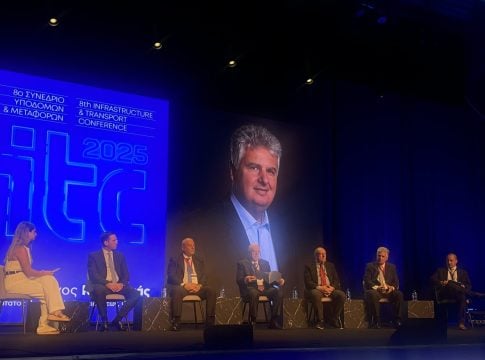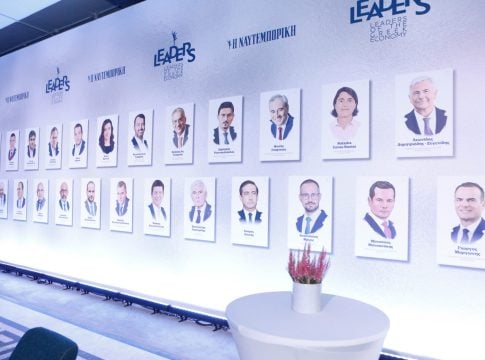The market shares of the three telecommunications providers – OTE, Vodafone and Nova – have remained unchanged, although consumer mobility (phone number portability) is increasing.
According to the Market Overview Report for 2023 released by the Hellenic Telecommunications and Post Commission (EETT), OTE’s share in fixed telephony (based on retail revenues from the provision of telephony and internet services) stood at 62.1% compared to 62.2% in 2022, Vodafone’s between 15%-20% (unchanged) and Nova’s between 20%-25% compared to 5%-10% (Wind and Forthnet-Nova merger took place).
At the same time, portability requests increased by 18.1% (377,176) and the numbers transferred by 10.7% (346,130). Transfers were completed for approximately 92% of the initial portability requests.
In mobile telephony, based on retail revenues, the market shares as presented by EETT have remained unchanged over the last 10 years with OTE between 45%-55%, Vodafone 25%-35% and Nova 15%-25%.
During the year under review, the number of applications submitted for the transfer of mobile telephone numbers showed a significant increase of 53.5%, reaching 795,770 applications, while 673,187 numbers were ultimately transferred, an increase of 56.9% compared to 2022 (transfers were completed for approximately 85% of the initial requests).
The industry’s turnover fell to 5 billion euros, from 5.1 billion in 2023, with revenue from services accounting for the largest percentage (85.2%). The contribution of the turnover of the electronic communications sector to the Gross Domestic Product (GDP) stood at 2.3% in 2023, showing a decline compared to 2022, given that GDP rose by 6.6% compared to a decrease of 1.4% in turnover in the electronic communications market.
The total investments of the providers amounted to approximately 1 billion euros and amounted to 20.3% of their turnover, recording an increase of 9.3% compared to 2022.
More than 50% of the investments have been made in fixed networks in the last five years, with the exception of 2020, the year when the rights to use radio frequencies in the 700 MHz, 2 GHz, 3400-3800 MHz and 26 GHz bands were granted, with the aim of developing 5th generation (5G) mobile communications networks.
The investments of the providers in 2023 focused, at a rate of 53.6%, primarily on telecommunications infrastructure and then (18.7%) on research and development (e.g. software, new services).
Over the last five years, the majority of investments, at a rate of over 50%, have been tangible (infrastructure, buildings, equipment, etc.), with the exception of 2020, when intangibles (research and development, licenses, etc.) predominated due to the granting of usage rights.
Regarding the course of fixed telephony in relation to mobile: Fixed telephony connections increased by 4.4% (5.1 million) in 2023, while active subscriptions – mobile connections showed a marginal decrease of 0.04% (11.3 million). However, revenues followed the opposite course: Mobile retail revenues rose by 2.1% compared to 2022 and amounted to 1.8 billion euros, while fixed services retail revenues fell by 2% to 1.4 billion euros.
Furthermore, based on data collected by EETT, the number of telecommunications employees in 2023 appears to have increased by 3.3% compared to a year ago (9.2 thousand). It should be noted that the number of telecommunications employees has been significantly reduced in the last ten years, as the sector employed 15.8 thousand in 2014.








